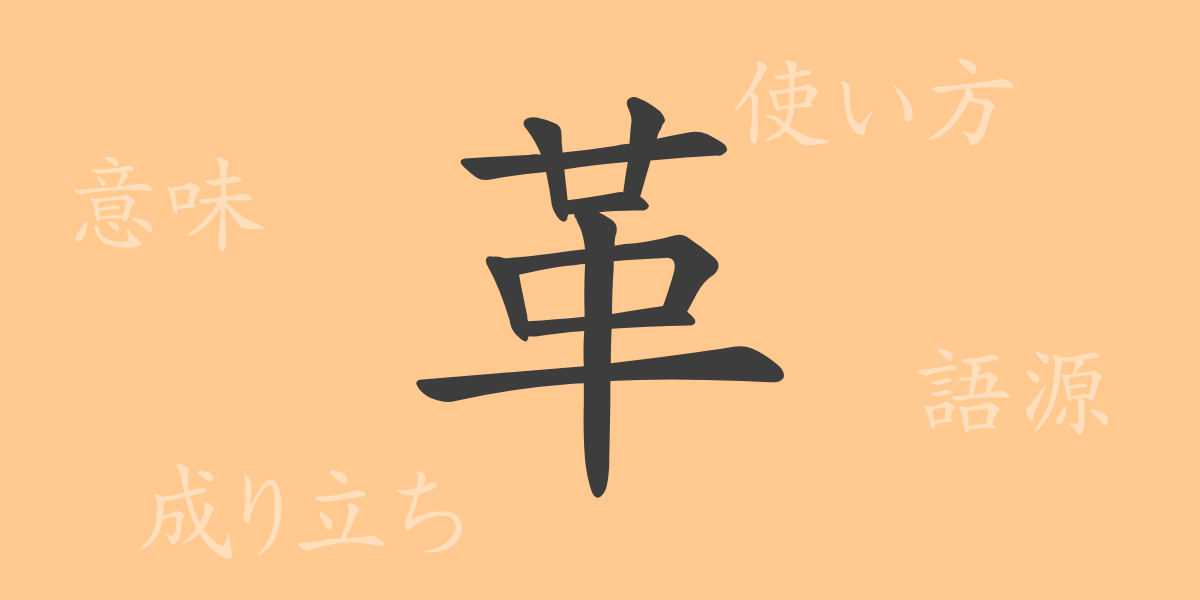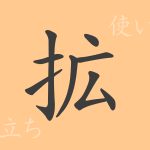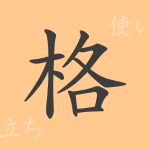Leather, deeply rooted in Japanese culture, carries a weight that transcends mere characters. It represents not only a material closely related to our daily lives but also the concept of transformation. In this article, we will explore the origin, meaning, and usage of the commonly used Kanji character “革” (Kaku), as well as its allure, through to the present day. Join us on a journey to discover the depth of the Japanese language.
The Origins (Etymology) of 革
The character “革” (Kaku) originates from ancient Chinese oracle bone script. Its form was designed to resemble the image of a hand holding a whip and has gradually evolved into its current shape. Originally, it referred to items made from peeled animal skin and over time, it has also come to encompass the meaning of renewing or reforming things.
The Meaning and Usage of 革
There are mainly two meanings associated with “革” (Kaku). One is “leather,” referring to material made from tanned animal hide, and the other is “reform,” indicating the fundamental overhaul of existing conditions or systems. The character is used in various words that include these meanings.
How to Read 革, Stroke Count, and Radical
The Kanji “革” (Kaku) has several readings, which change depending on how it is used.
- Readings: The Onyomi (Chinese reading) is “かく” (Kaku), and the Kunyomi (Japanese reading) is “かわ” (kawa).
- Stroke Count: A total of 9 strokes.
- Radical: The radical is 革部 (Kawahen) or “leather radical”.
Idioms, Phrases, and Proverbs Using 革 and Their Meanings
There are many idioms, phrases, and proverbs that include “革” (Kaku) in the Japanese language. For example, “革命” (Kakumei) signifies a fundamental change, while “革新” (Kakusin) means adopting new methods or ideas. The phrase “革を新たにする” (Kawa-wo-ara-tanisuru) is an idiom meaning to change one’s heart or to make a fresh start.
Summary on 革
The character “革” (Kaku), which has been embedded in our lives since ancient times, is a fascinating Kanji that continues to acquire new meanings as times change. Whether as a material or a concept, “革” (Kaku) is an indispensable element in our culture and language, as you have surely come to understand.

























